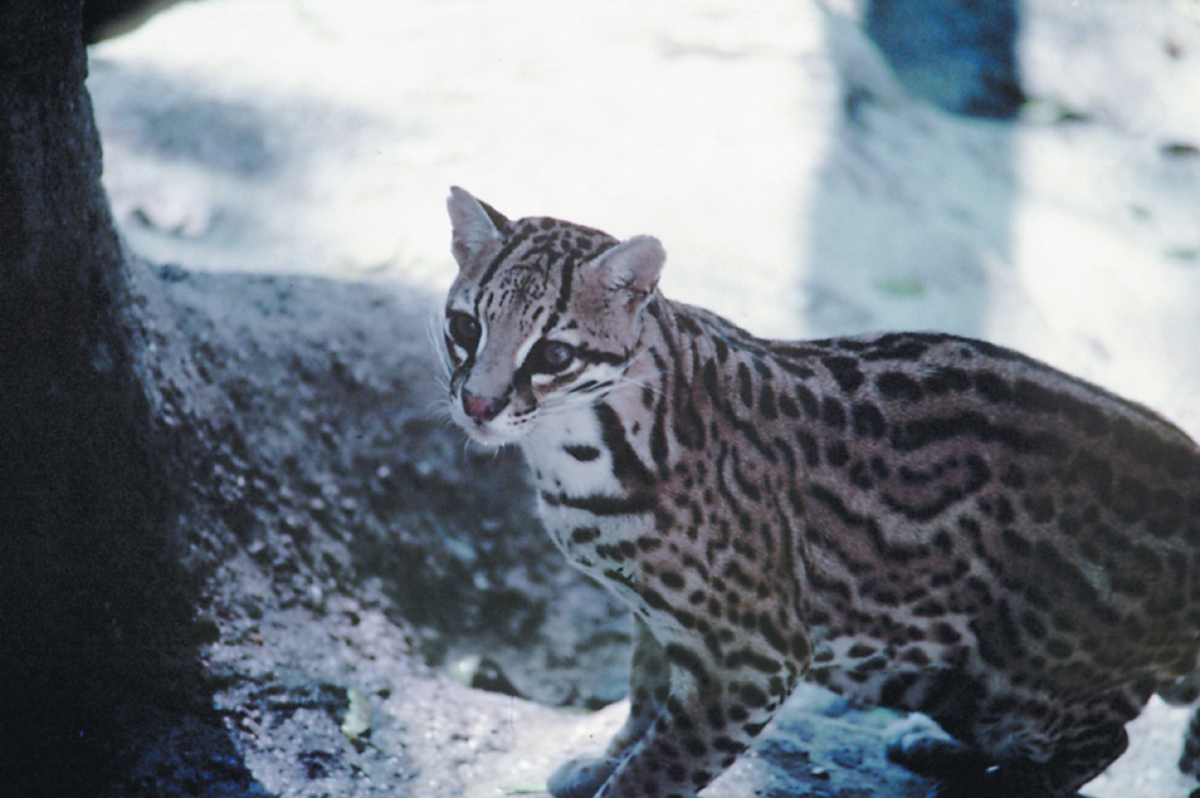Road Ecology and Protecting Rare Species
This is Passport to Texas
Roads provide convenient travel to work, school and home for humans—but not for wildlife.
You have habitat loss. And then that physical road can act as a barrier to wildlife. It can impact habitat connectivity. Which, then, in turn can impact genetic transfer of information between populations, and weaken the genetic background for a species.
Laura Zebehazy, program leader for Wildlife Habitat Assessment, studies the impacts of roadways on wildlife, known as road ecology.
Basically, it is where biologists, engineers, landscape architects… try to evaluate the impacts that road infrastructure has on wildlife habitat connectivity, air pollution, noise pollution, and try to find solutions to alleviate those impacts from that type of development.
Endangered ocelots that live in Rio Grande Valley brush country have died on SH 100. Recently, TxDOT, in consultation with USFWS and Texas Parks and Wildlife…, completed four wildlife underpasses along this popular route to South Padre Island.
To allow ocelot and any other wildlife in the area to move under the road between the Bahia Grande to the south, and the Port of Brownsville area up north towards Laguna Atascosa National Wildlife Refuge.
With wildlife cameras in place, TxDOT will collect data on these solutions and adjust as necessary to save this (and other) rare species.
The Wildlife restoration Program supports our series.
For Texas Parks and Wildlife…I’m Cecilia Nasti.



 Passport to Texas is a
Passport to Texas is a  Passport to Texas is made available by:
Passport to Texas is made available by:
December 21st, 2017 at 7:49 pm
The road between the Bahia Grande and the Port of Brownsville is not the only threat to Ocelots and other critters using our wildlife corridor stretching from Texas into Mexico and along the Rio Grande / Rio Bravo River. There’s also the proposed LNG export operations seeking FERC approval to build and operate at our local Port of Brownsville and the threatened Border Wall expansion that could start any day in the Santa Ana National Wildlife Refuge (destroying the Refuge and the National Butterfly Center in the same area). If fully funded, The Wall will slice and dice the wildlife corridor areas all along the Rio Grande, will threaten local homes and communities with flooding, and will decimate or border economies. See Save Santa Ana Wildlife Refuge @ https://www.facebook.com/pg/savesantaana/posts/?ref=page_internal and save RGV from LNG @ https://www.facebook.com/pg/saveRGVfromLNG/posts/?ref=page_internal